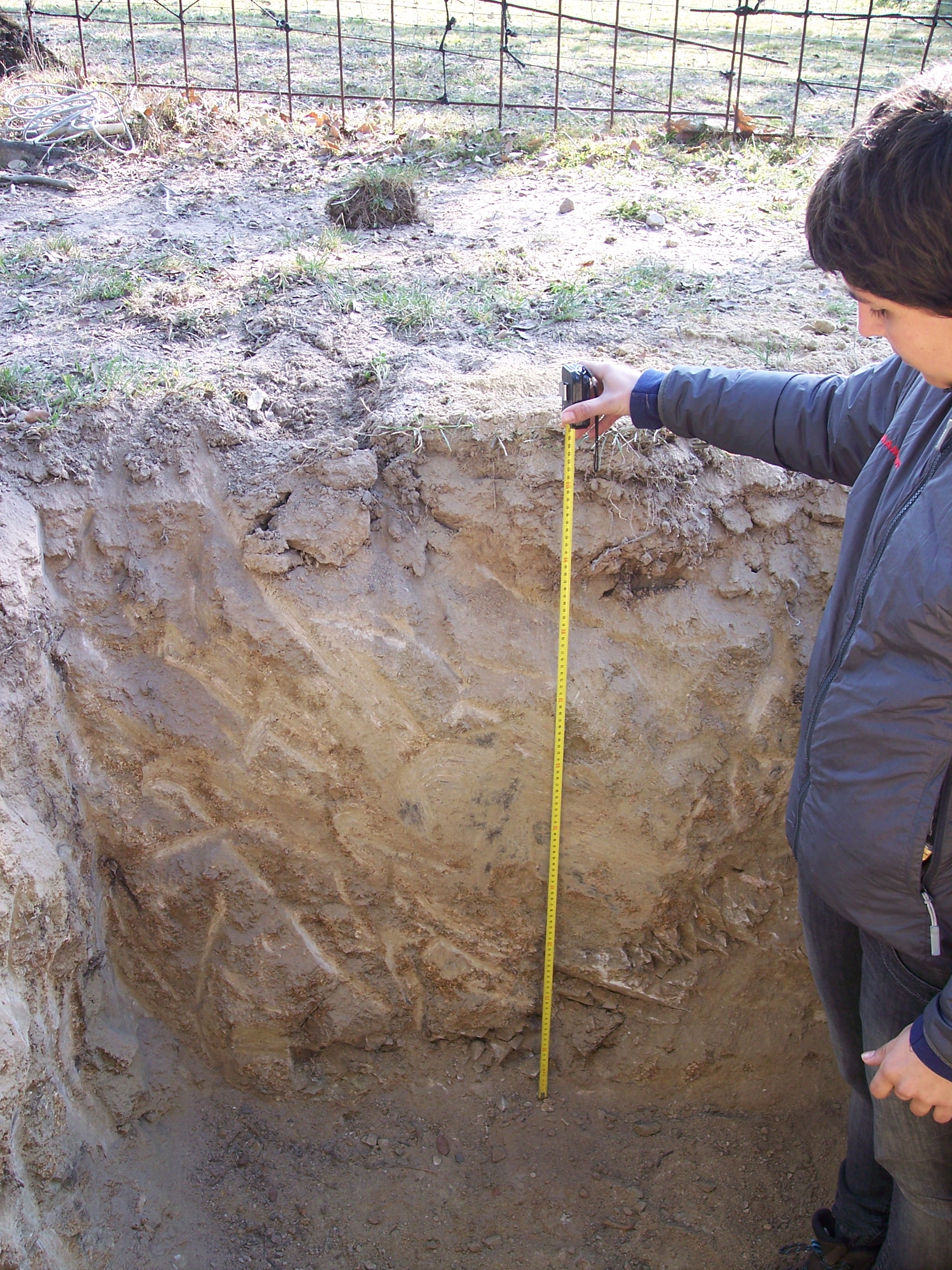
Dehesa
Back in Spain, oak-grass savanna landscapes are called dehesas.
They are highly valuable agro-foresty ecosystems, widely distributed over the Iberian Peninsula. Dehesas cover about 2.5 million in Spain, and 80% of this surface is in Andalusia and Extremadura regions, playing a key role in the rural development of the region. These ecosystems based their productivity on a sustainable use of multiple resources (crops, livestock, wildlife and natural services), and although these areas are used to highly variable climate conditions, and summer dry periods, an increase in drought intensity and frequency and changes in agricultural practices have caused this ecosystem degradation.
Return phase

Back home
I’ve just arrived to my home research institution IFAPA, to continue with the return phase of the Fellowship. And as a welcoming, the department i work with in IFAPA (with my supervisor M.P. Gonzalez-Dugo) was interviewed by a regional TV channel. I will keep you post and upload the video.
Santa Clotilde
Our Spanish experimental site was installed during 2012 in a dehesa farm in the Natural Park of Cardeña, when we set up the 18 meters eddy covariance tower, and a meteorological station with other instrumentation. During 2015 we added another tower measuring the grass layer.
LIVESTOCK
iberian PIG
EXPERIMENTs
field work
Eddy tower
Measuring
Tower in spring
Soil




